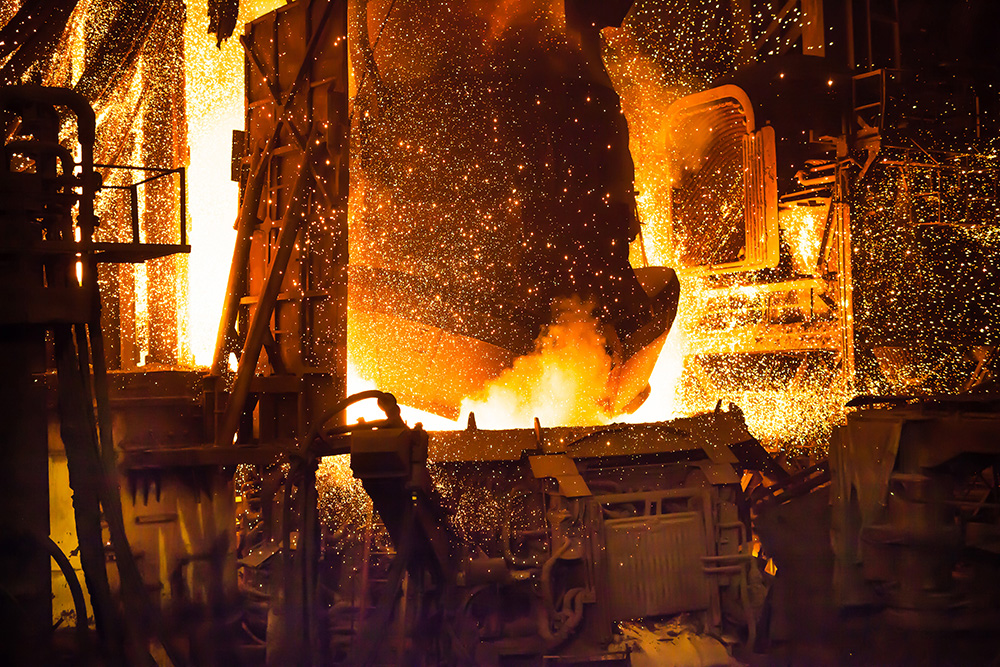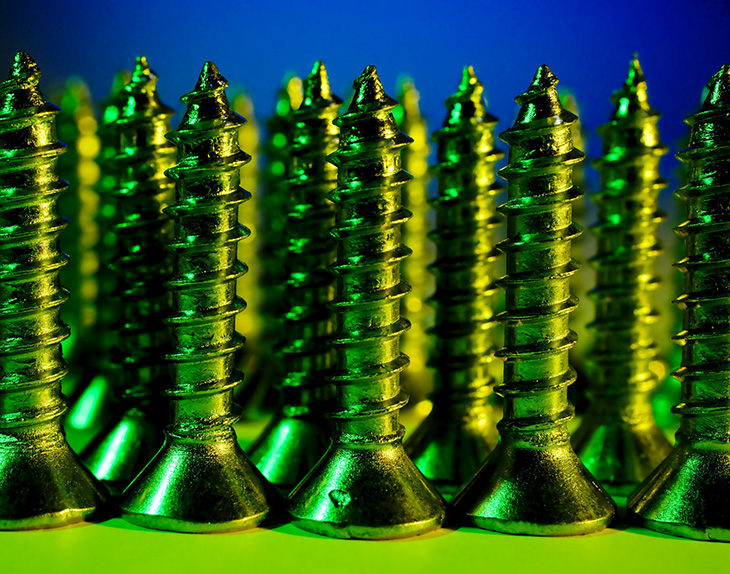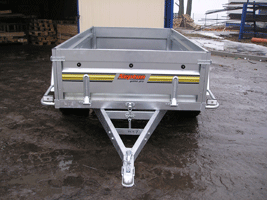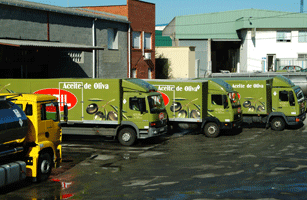
Stainless Band understands stainless steel and is very selective in choosing the right grades for their customers. To most people not involved in the industry, one stainless steel is much like another, but understanding the eventual use guarantees the right result. There are more than 57 stainless steels recognised as standard alloys, plus some special blends produced by different stainless steel producers, so choosing the right one is paramount to success.
Stainless steel is an alloy made up of a number of elements; the principle one being steel made from iron ore, which is then mixed with a combination of chromium, silicon, nickel, carbon, nitrogen and manganese, with the amounts dependant on the final desired properties. Stainless steel has to have a minimum of 10.5% chromium to achieve corrosion resistant properties and be considered true stainless steel.
Most stainless steel is produced with an electric arc furnace, in which raw material mixture is melted at a very high temperature for between 8-12 hours. The resultant molten metal then needs to go through a through a decarburisation process to remove excess carbon, and this is achieved by blowing oxygen, argon and nitrogen into the molten steel. This is then cast into various shapes dependant on the final usage.
The stainless steel can be cast into various shapes such as blooms, billets, slabs and bars. Strip that Stainless Band uses comes from slabs that are then hot rolled to the desired size.
After the stainless steel is formed into whatever shape is required, it then goes through an annealing process where it is heated and cooled under controlled conditions. This process relieves internal stresses and softens the metal. Strip material goes through an initial annealing and descaling step immediately after hot rolling.
The final treatment is finishing, which is a critical process where appearance is important. A smooth surface obtained by polishing also provides better corrosion resistance. There are a variety of methods used for finishing. Hot rolling, annealing and descaling produces a dull finish. Hot rolling before cold rolling on polished rolls obtains a bright finish. A highly reflective finish
is produced cold rolling in combination with annealing in a controlled atmosphere furnace, grinding with abrasives and finishing by buffing to a finely ground surface. Using a succession of finer abrasives and buffing produces a mirror finish.
Understanding all of these processes allows Stainless Band to select the best suppliers for their customers’ needs, which are then purchased and stored in their 16,600 sq. ft. manufacturing facility ready for immediate processing, finishing and supply to customers. Currently, Stainless Band hold over 1,000 metric tons of stock material in various grades and thickness, which allows for a fast processing and a fast turnaround on its customer orders.
Understanding the industry and investing in raw materials and storage facilities enables Stainless Band to be a leading supplier for manufacturers demanding a fast, efficient and high quality supply chain for stainless steel strip, band, coil and sheet.ess Band understands stainless steel and is very selective in choosing the right grades for their customers. To most people not involved in the industry, one stainless steel is much like another, but understanding the eventual use guarantees the right result. There are more than 57 stainless steels recognised as standard alloys, plus some special blends produced by different stainless steel producers, so choosing the right one is paramount to success.





















